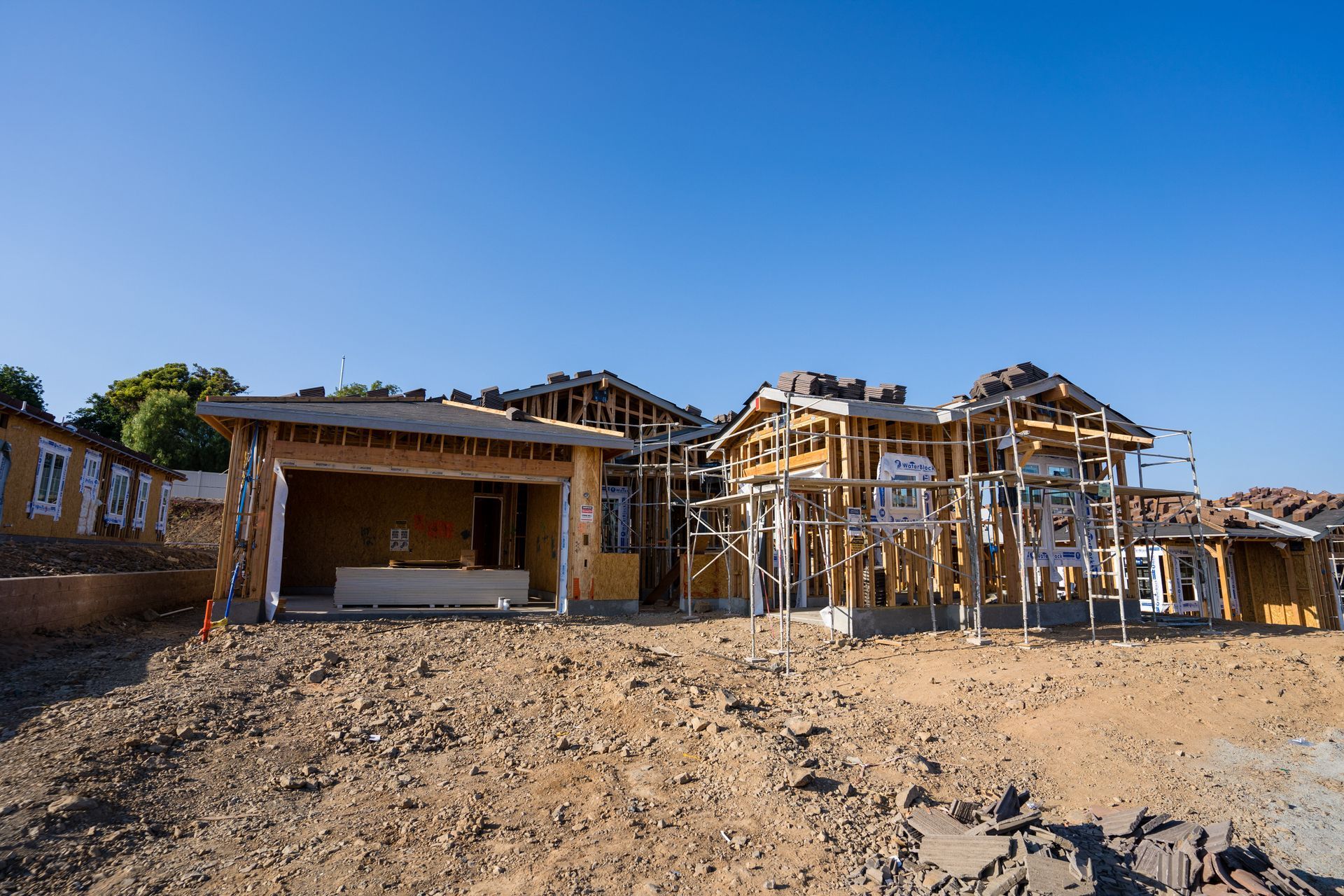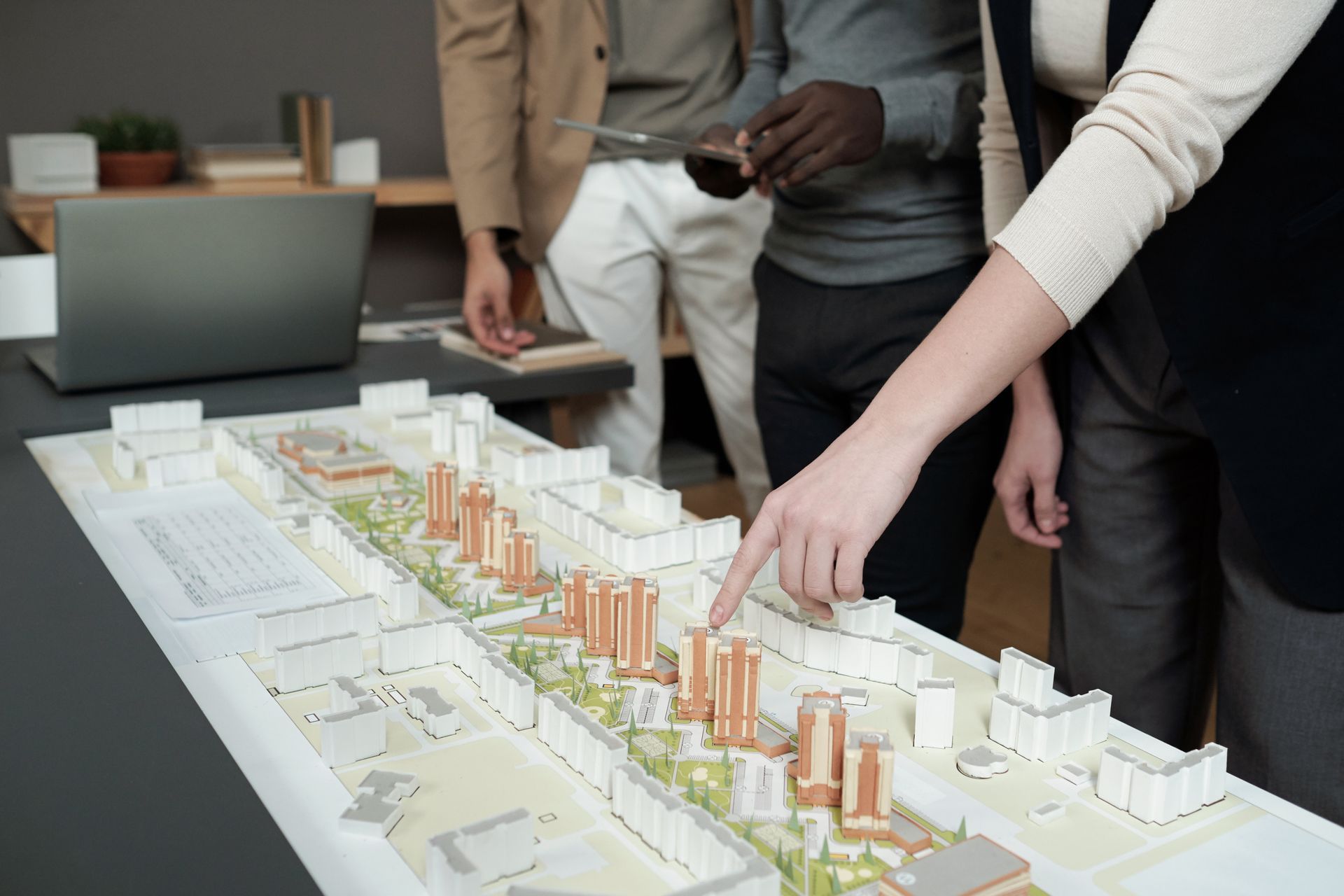First-Time Buyer Guide: How to Calculate Your Home Purchasing Power

Buying your first home is a thrilling milestone—but also one of the most financially complex decisions you'll ever make. As a first-time buyer, one of the biggest questions you might have is: How much house can I really afford?
The answer isn’t always straightforward. It involves evaluating your income, debts, credit score, loan options, and upfront costs. In this guide, we’ll walk you through how to calculate your purchasing power, what factors affect your home affordability, and how to position yourself for a successful homebuying journey—especially in competitive markets like Sacramento.
What Is Home Purchasing Power?
Your home purchasing power is the maximum price you can reasonably afford to pay for a house, based on your financial situation and current lending conditions.
Purchasing power is affected by:
- Income
- Debt
- Credit score
- Down payment amount
- Interest rates
- Loan term and type
- Local property taxes and insurance
Let’s break these down and walk you through a realistic example.
Step-by-Step: How to Calculate Your Home Affordability
1. Calculate Your Gross Monthly Income
Your gross income is the total income you earn each month before taxes. Include all sources of income (salary, bonuses, rental income, etc.).
Example:
Let’s say your annual salary is $90,000.
- Gross monthly income = $90,000 ÷ 12 = $7,500
2. Calculate Your Debt-to-Income (DTI) Ratio
The DTI ratio is one of the biggest factors lenders use to determine how much you can borrow. Ideally, your DTI should not exceed 36%, though some lenders will go as high as 43%.
Two types of DTI:
- Front-End DTI: Housing-related expenses only (mortgage, taxes, insurance).
- Back-End DTI: All debts (housing + student loans, car payments, credit cards).
Example:
- Gross income: $7,500/month
- Total debt (student loan: $250, car loan: $300, credit card: $150) = $700
- Max back-end DTI (43%): $7,500 x 0.43 = $3,225
- Subtract $700 in other debts: $3,225 - $700 = $2,525 available for housing payment
3. Determine Your Monthly Housing Budget
Your lender will use the available DTI space to estimate what you can pay toward a mortgage. This number will include:
- Loan principal + interest
- Property taxes
- Homeowners insurance
- HOA fees (if applicable)
With $2,525 for housing, you might be able to afford a home loan around $400,000–$450,000, depending on the interest rate and down payment.
4. Factor In Your Down Payment
Your down payment impacts how much house you can buy and whether you’ll need mortgage insurance.
Typical down payment ranges:
- Conventional loan: 5%–20%
- FHA loan: As low as 3.5%
- VA/USDA loans: 0% down
Example:
If you have $30,000 saved:
- 5% down = Home price of $600,000
- 10% down = Home price of $300,000
But keep in mind—you’ll also need money for:
- Closing costs (2–5% of home price)
- Home inspection
- Appraisal
- Moving expenses
5. Check Interest Rates and Loan Type
The interest rate significantly affects your purchasing power. Even a 1% increase in rates can reduce your affordability by tens of thousands.
For example:
- At 6.5%, a $400,000 mortgage = ~$2,528/month
- At 7.5%, the same loan = ~$2,796/month
A higher interest rate means your monthly payment increases, reducing the amount of house you can afford.
6. Use a Mortgage Affordability Calculator
Online calculators can help give you a rough idea, but your best bet is to speak with a local lender or the best realtor in Sacramento, who can connect you with a mortgage expert to get a pre-approval. Pre-approval will tell you exactly how much you can afford and shows sellers you're a serious buyer.
7. Consider Local Sacramento Costs
In Sacramento, property taxes typically range from 1.1%–1.3% of the home's value, and average homeowner's insurance might cost between $800–$1,500 annually.
Also, many neighborhoods may include HOA fees, which will affect your monthly housing budget. Be sure to include these when calculating your affordability.
8. Mortgage Pre-Approval vs. Affordability
Just because you're pre-approved for a certain amount doesn't mean you should spend that much. Always factor in your lifestyle, other expenses, savings goals, and comfort level. Don’t become “house poor.”
Pro Tips to Maximize Your Purchasing Power
1. Improve Your Credit Score
Higher credit = lower rates = more house for your budget.
2. Pay Down Debt
Lower your DTI by clearing credit card debt or car loans.
3. Increase Your Down Payment
More cash upfront gives you better rates and eliminates PMI.
4. Shop for Lenders
Different lenders offer different terms. Get multiple quotes.
5. Work With a Realtor
A good agent will help you negotiate the best price and avoid overpaying, especially in hot markets like Sacramento.
Red Flags That Could Affect Purchasing Power
- Large recent purchases (car loans, furniture)
- Job changes (especially if you’re switching industries)
- Lack of stable income (self-employed buyers need solid documentation)
- Bad credit history
- Pending lawsuits or collections
Be transparent with your lender about your full financial picture to avoid surprises.
Final Thoughts: Know Before You Owe
Buying your first home is more than just qualifying for a mortgage—it's about ensuring you can live comfortably, maintain your lifestyle, and still build equity over time. By taking a proactive approach to calculate your purchasing power, you'll enter the real estate market with confidence, clarity, and a higher chance of securing your dream home.
Whether you’re just browsing listings or ready to make an offer, make sure you're working with the best realtor in Sacramento to guide you through the numbers, neighborhoods, and next steps.








